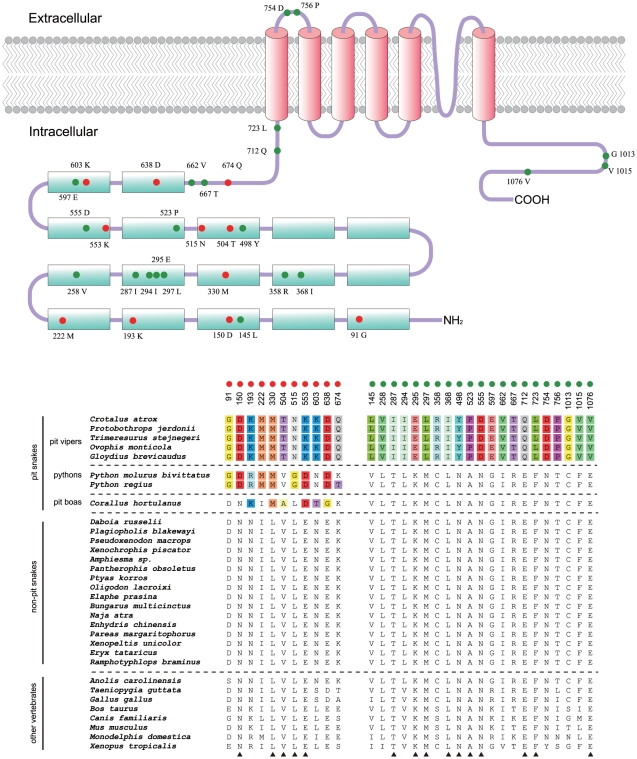Figure 5. Amino acid sites of the TRPA1 protein that may be functionally important for infrared detection.
Amino acid residues that are highly conserved in all non-pit snakes, but divergent in the other three groups of pit-bearing snakes, are indicated by red circles. Amino acid residues that are separately conserved within pit vipers and the remaining snakes are indicated by green circles. These sites are numbered according to the full rattlesnake TRPA1 protein sequence. Positions conserved across all non-pit snakes and other non-snake vertebrates are indicated by black triangles below the sequences. These functionally important sites are mapped to the TRPA1 channel functional schematic (cyan blocks represent ankyrin repeats, and pink cylinders represent transmembrane domains). Note that most sites are distributed in the N-terminal domain (ANK1 to TM1), rather than the C-terminal domain (after TM6), suggesting that the N-terminal domain may be the responsible region for infrared detection capacity.

